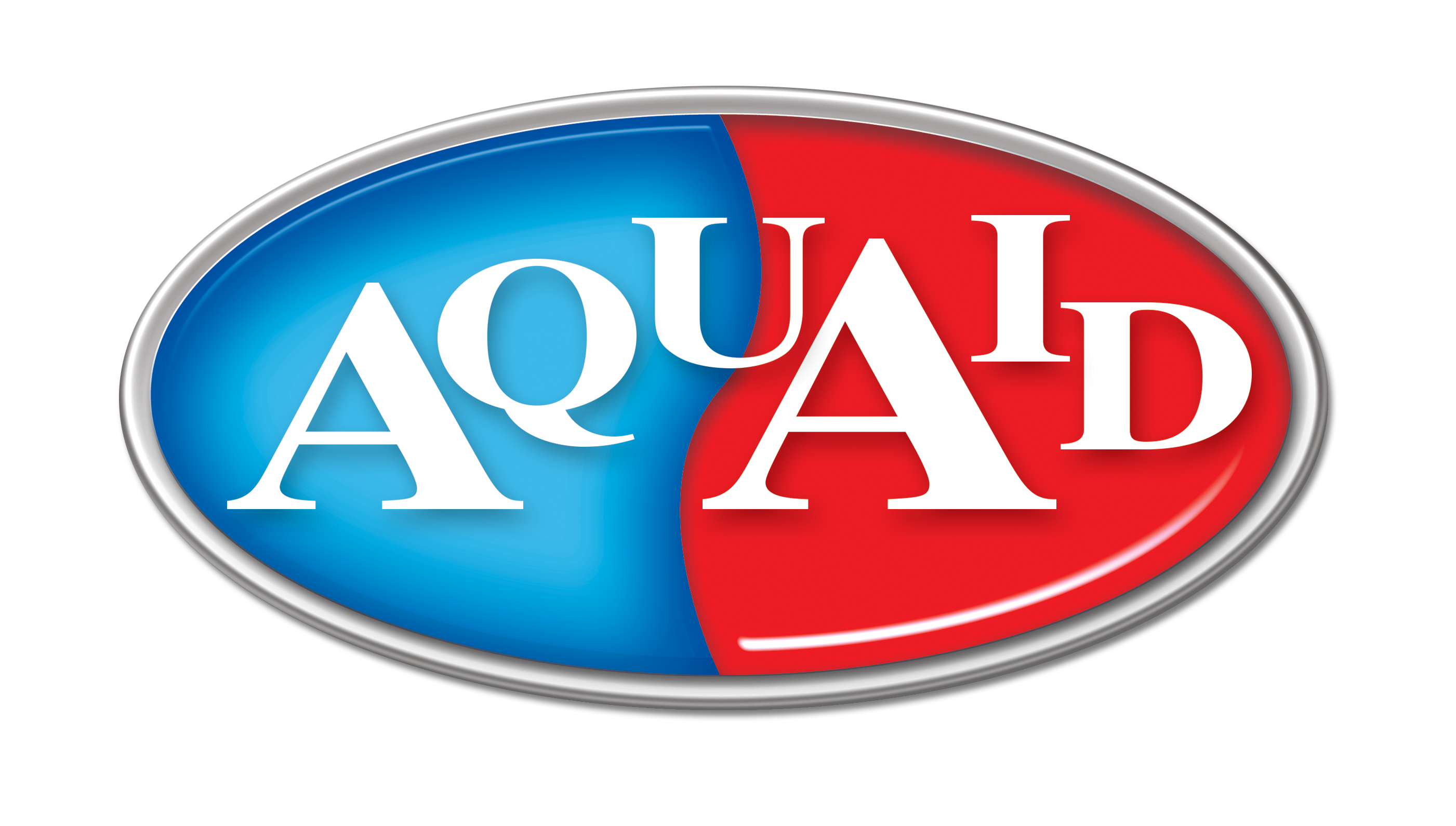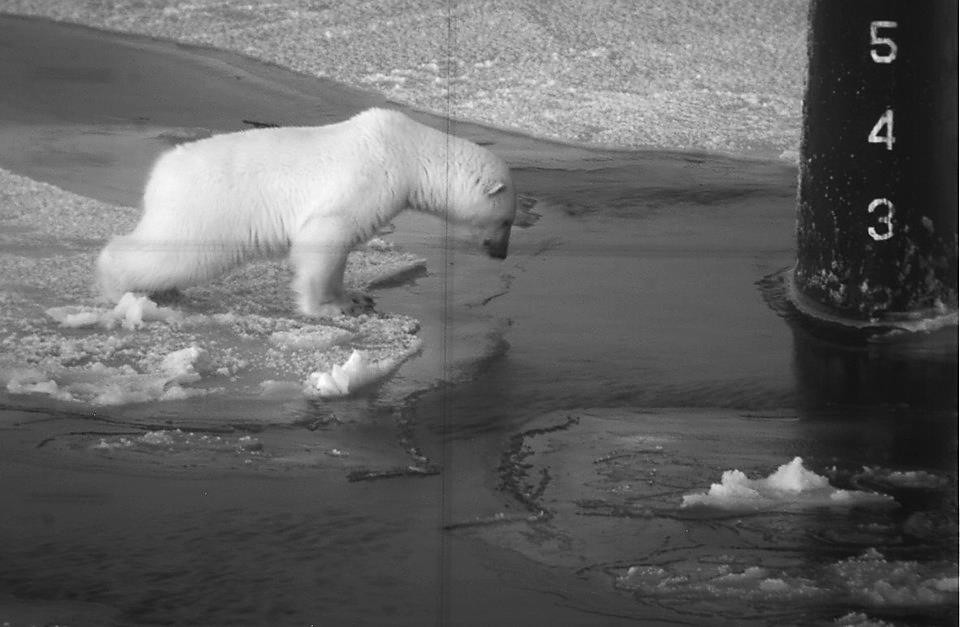
by Fern Shaw | Feb 4, 2016 | Water
Before you start up with an eager rendition of ‘We All Live in a Yellow Submarine’, just …. don’t. Please. I’m not anti one of the greatest bands of all modern time, but that song, just … no.
Anyhow, I digress. Being a touch claustrophobic, the mention of submarines makes me a little squirmy. The thought of being inside a submarine and they close the hatches, well, let’s just say that a nuclear meltdown will have nothing on the volatility of my reaction. Submarines do however (as is with all ocean-going vessels) fascinate me. I actually worked with a chap who had been in the submarines during his stint in the Navy. I was enthralled when he told me about the training and the psychological testing the cadets were put through as part of their preparation to ensure that there was little chance of the cadets going doolally should they qualify to crew a sub.
As a tour on a submarine can last as long as ninety days, it would be sensible to establish that the inhabitants can withstand cramped living and working quarters; little privacy; no fresh air or fresh food, one shower amongst forty sailors and potentially, anyone crewing with you having a bad day if not worse than the one you’re having.
Theoretically though, a modern-day submarine can stay underwater indefinitely. Its air system is completely independent, generating oxygen from seawater if necessary, and the freshwater and heat is produced on-board too.
Subs can even make their own drinking water from seawater using electricity to remove the salt.
All these modern day advances aside though, you’re still squished into living quarters with no daylight for weeks at a time though, so again, I doff my cap to these brave souls – I certainly wouldn’t be able to pull it off.
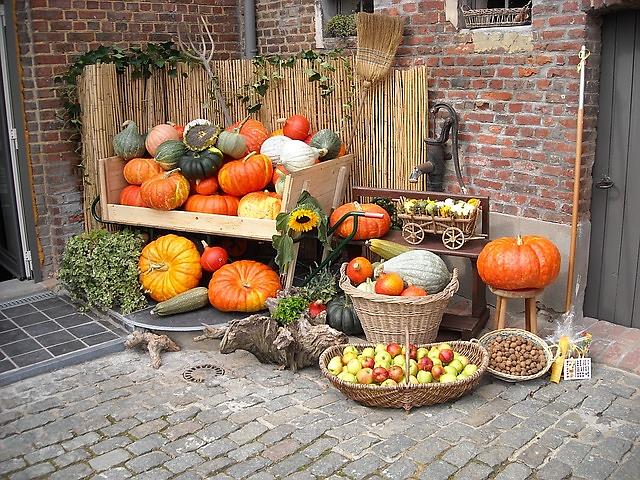
by Fern Shaw | Nov 9, 2015 | Water
Last year I blogged about Bonfire Night or Guy Fawkes Night as it’s also called. Although the tradition of Guy Fawkes stems from an historical political event, it’s lighting up the darkness, so to speak, and so fits right in with a number of autumn time traditions, some originating hundreds of years ago.
There are men who carry flaming barrels of tar through a Devon village; folk who pour cider over apple tree roots and cross-dressing troupes who perform something called Soul Caking to ward off evil spirits.
Souling is a centuries-old tradition in Cheshire where actors known as ‘mummers’ perform a play for All Souls Eve on 1 November.
The tradition of Souling was intended to protect communities against outsiders and dark spirits.
Souling plays were fairly widespread until the 19th Century. The most famous ones performed nowadays are at Antrobus, Comberbach and Warburton.
The tradition is also known as soul caking – due to mummers traditionally handing out confectionery known as ‘soul cakes’ to the audience at the end of the play. In an example of how tradition piles upon tradition, this is itself believed to be based on the even older medieval practice of handing out cakes to beggars in remembrance of the dead.
The Ottery St Mary Tar Barrel Festival, in Devon, on 5 November is also believed to have started after the Gunpowder Plot.
The tradition sees competitors – who have to have been born in the town – running with burning barrels on their backs until the heat becomes too unbearable or the barrel breaks down.
At some stage through the ages Ottery St Mary decided rolling and kicking lighted barrels through the streets was a little tame so they were picked up and carried through the streets on the shoulders of the participants,”
However, this is one tradition in danger of being snuffed out, because of increasing public liability insurance costs. At last year’s event, 16 people suffered minor burns. Refer to my notes on water later on in this blog.
Then there’s Punkie Night, only celebrated in Hinton St George, Somerset, which has traditions of pumpkin carving and night-time walks that are remarkably similar to the Halloween rituals we all know.
The village’s Punkie Night takes place on the last Thursday in October. Children carry ‘punkies’ – lanterns traditionally made from a large turnip known as a mangel-wurzel – and stop at key locations to sing the Punkie Song.
Far from courting the dead, like Halloween, the tradition allegedly stemmed from a bunch of inebriated villagers.
“The men folk of the village went to Chiselborough Fair about four miles away and they had too much to drink,” says local historian Charles Bird.
“The women folk went to fetch them and, because it was so dark and windy, carved mangels and put a candle inside it”.
There’s even a Punkie Song (origins of the Punk Movement? Nah, probably not!):
It’s Punkie Night tonight!
It’s Punkie Night tonight!
Adam and Eve would not believe
It’s Punkie Night tonight!
Give me a candle
Give me a light
If you haven’t got a candle
A penny’s all right
On the whole however, English autumn traditions are concerned with marking the end of the harvest and respecting the dead.
In case you’re wondering about the title, think about it in these terms – there seems to be a lot of tomfoolery; imbibing of alcohol and fire involved in carrying out these traditions, therefore perhaps best if you’re of a mind to participate in any of these Autumn time traditions that you carry a lot of water with you;
- For drinking because you’re revelling;
- For drinking (again) because you’re imbibing and need to keep hydrated or;
- To pour over yourself in case you catch alight.
Right, off you go then, make merry and enjoy the Autumn festivities!
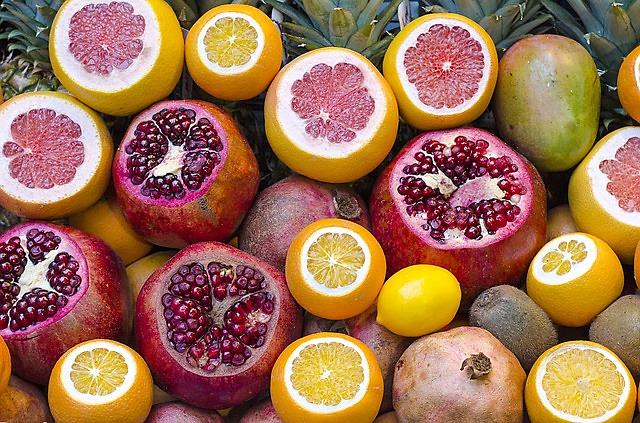
by Fern Shaw | Nov 9, 2015 | Health and Hydration, Water
Typing the query ‘which fruit contains the most water’ into the omnipresent Googlio, and BAM! this is what came up:
‘Grapefruit.’
Then more about watermelon and strawberries – thing is, watermelon and strawberries seem to contain more water than grapefruit – ninety two percent as opposed to the ninety one percent of water in grapefruit. This leads me to believe that there’s some secret grapefruit marketing organisation that’s fruit bombing Googlio to ensure that the lesser watered grapefruit receives pole position.
Anyhow, I’m all okay with it – I really enjoy grapefruit, not so much watermelon. It may stem from my clever mother who used to prepare our half a grapefruit with a sprinkle of brown sugar and a Maraschino cherry on top every single morning, rain or shine; or because I’ve just always enjoyed the more citrus of fruits.
Grapefruit also contain powerful anti-oxidants. What are anti-oxidants? Well, simply put, they are one of the first lines of defence that the body employs to keep free radicals in check and prevent them from causing a domino effect of damage on other cells. Antioxidant compounds can ‘donate’ electrons to unstable free radicals so they don’t have to snatch electrons from unsuspecting nearby cells.
The rich pink and red colours of grapefruit are due to lycopene, a carotenoid phytonutrient. A carotenoid gives fruit their red, orange and yellow colour. These compounds are believed to protect against certain cancers, heart disease and even vision loss due to macular degeneration. You won’t find lycopene in white grapefruit. White grapefruit? Didn’t know there was white grapefruit! Continuing, lycopene appears to have anti-tumour activity. Among the common dietary carotenoids, lycopene has the highest capacity to help fight oxygen free radicals, which are compounds that can damage cells.
So, aside from its top ranking despite it having the second highest water content, it would seem that grapefruit is all that.
Something to keep in mind as we head into the colder months and you’re probably more inclined towards comfort food and drinking less water, is to look to the grapefruit with its high water content and it being packed full of all that is good for you.
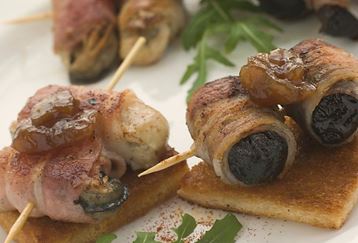
by Fern Shaw | Nov 9, 2015 | Water
Recently I blogged about various dishes with really bizarre names that originate from different cultures. I also mentioned that we Britons certainly aren’t alone when it comes to naming our scoff weirdly.
I said that at a later date I’d be expounding further on more of these dishes found in Britain, so without further ado, I present these to you. I’m going to grade these dishes in the following manner – the more unsightly or unpalatable a dish (in my very unprofessional opinion) – the more glasses of water you need to drink while consuming the dish.
Toad in the hole
Perhaps Britain’s least appetisingly-named meal, this dish of sausages in Yorkshire pudding batter is said to have gained its unusual moniker because it looks like toads popping their heads from a hole (yes, I know, I can’t really see it either). Can’t stand the dish? At least you’re not eating it in the Victorian period, when it was common to use any available meat, however old or unpleasant. Mrs Beeton suggests rump steak and lamb kidney. ~ ½ a glass of water.
Bubble and squeak
Once upon a time, thrifty Britons with left-over vegetables and potatoes from a roast dinner wouldn’t have even considered throwing them away – they’d have fried the remnants up to make bubble and squeak. The name comes from the sizzling noise the vegetables make in the pan, though it could also adequately describe the horrified sounds your children emit next time you propose to cook it. ~ 0 glasses of water. Delicious meal if cooked right.
Welsh rarebit/rabbit
Tourists in Wales must be regularly disappointed to find that the traditional ‘rabbit’ they’ve ordered is little more than a gourmet version of cheese on toast. The name is said to be something of an English joke, coined in the 18th century when many Welsh were so poor they could not even afford a cheap meat like rabbit. Hilarious. ~ 0 glasses of water. Delicious.
Stargazey pie
Stargazey pie sounds rather quaint, but this Cornish dish of pilchards baked under a pastry crust won’t appeal to everyone – it traditionally has fish heads poking through the crust, so they appear to be gazing up at the sky. Legend has it that the dish originates from the village of Mousehole, where a plucky fisherman called Tom Bawcock once saved his fellow villagers from starvation by braving the stormy seas to catch a record haul. The fish were baked poking out of the pies, to prove to everyone that there was fish inside. ~ 1 glass of water.
Angels on horseback
This traditional Victorian appetizer of oysters wrapped in bacon and grilled is little known today. But the snack’s dastardly cousin, the devil on horseback (prunes or dates wrapped in bacon) is still a common feature of our Christmas dinners.
~ 1 glass of water.
Stinking Bishop
Anyone who’s been within smelling distance of this particular cheese understands the first part of its name: The wheels are said to have an odour that brings to mind dirty socks and wet towels. But the second half is purely coincidental. It’s actually derived from Stinking Bishop pears, whose juice the cheese is immersed in. The pears got their name from their farmer, Mr. Bishop.
~ 2 glasses of water. And a clothes peg for your nose.
Headcheese
Oddly enough, headcheese isn’t cheese at all. But you’re going to wish it were. The gelatinous meat is made from chopped-up bits of the head of a pig, calf or cow – including the tongue – and sometimes the feet and heart. The origins of its name are unclear, but it’s been suggested the source of the name could be either because the recipe used to contain cheese or because of the connected etymology of the words cheese and moulded (moulds are used to make headcheese).
~ One of our 18.9ℓ bottles of water. Minimum.
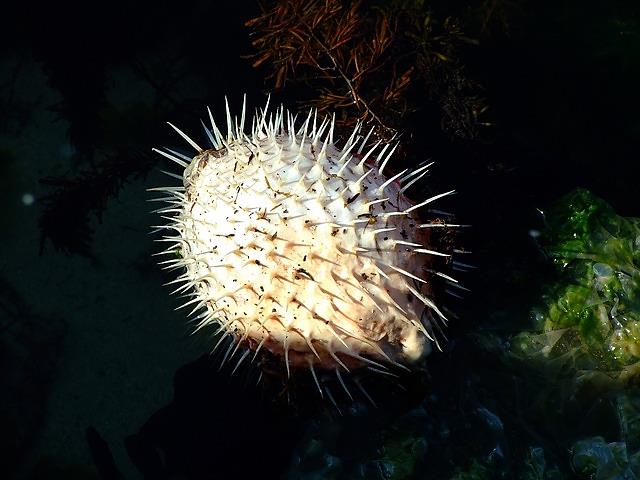
by Fern Shaw | Oct 19, 2015 | Uncategorized
That would be … me! Yes, yes, on occasion (usually during the change of season) I don my culture vulture headgear (a jester’s cap no less) and get out there in the World Wide Web and eddicate myself. I was all geared up initially to find out which countries were wearing what jerseys for the Rugby World Cup but after reading about how England’s players had to wear red because Fiji won the toss and are wearing white, I thought it best to step away before the rainbow turned into a hodge podge of colour.
This led me to reading about a dish called Poutine. I like to think of myself as having pretty fair general knowledge, but poutine? Poutinely unclear! Turns out it’s a dish that according to the wonderful Wiki is ‘a British inspired Canadian dish, originating in the province of Quebec, made with french fries and cheese curds topped with a light brown gravy-like sauce.’ Yum! (not). I have a pathological dislike of anything curd like.
Casting my food net further afield I discovered a few more unusual dishes that may not exactly endear you to your dinner guests. The alternative title for this list of scary is ‘Minimum three glasses of water per dish meals’.
Second up there’s a dish called Surstromming – Baltic Sea herring fermented with just enough salt used to prevent it from rotting. Mainly found tinned in brine these days, when opened it releases such a pungent aroma that it usually needs to be eaten outside. Sounds delightful.
Thirdly, there’s Fugu, made famous by The Simpsons (it’s specifically the ‘One Fish, Two Fish, Blowfish, BlueFish‘ episode 11 in Season 2 if you care to watch it) this little delicacy has the potential to be deadly if prepared incorrectly. As such, only chefs that have been drilled to perfection are allowed to handle the serving of the pufferfish. Good luck with that!
Before you get all ‘these dishes aren’t anything like what we eat at home, we’re safe’, think again.
What about Singing hinnies? The name for a northern dish of currant cakes cooked on a griddle. ‘Singing’ refers to the sizzling sound of the cakes as they cook in fat, while ‘hinny’ is, of course, a Northern term of endearment.
And then there’s Cullen skink which is a speciality from the town of Cullen on Scotland’s north-east coast. It’s a thick soup made from haddock, potatoes and onions. Theories as to where the word ‘skink’ comes from differ: it may be a variation on the Scots skink, meaning soup made from shin of beef.
There are actually loads more weird and wonderful British born dishes / meals, but that’s for another time. I’d like to say ‘celebrate your cultural differences – embrace the different’, but with dishes like these, my enthusiasm falls a bit short.
Culture vulture out!

